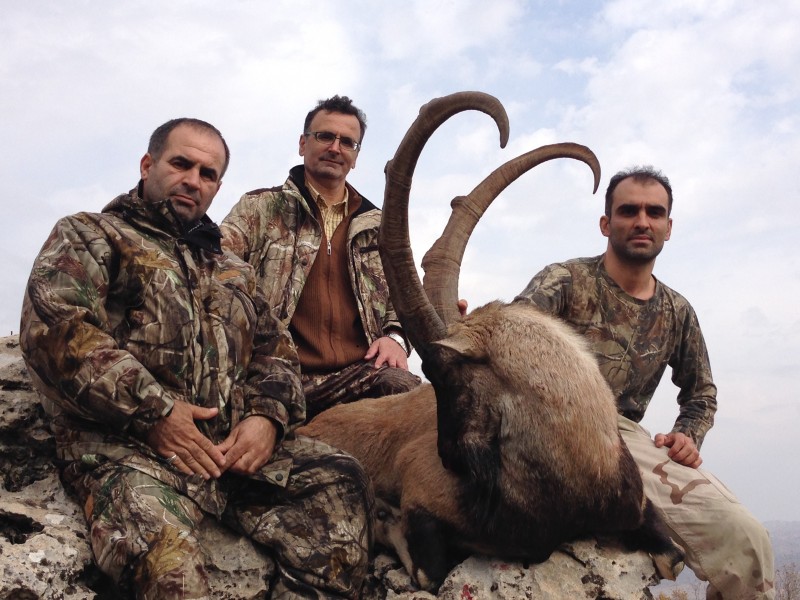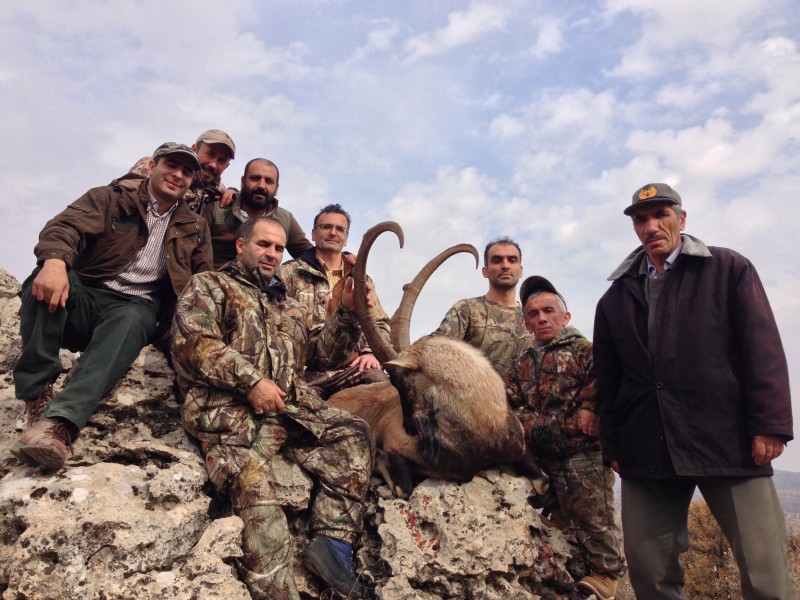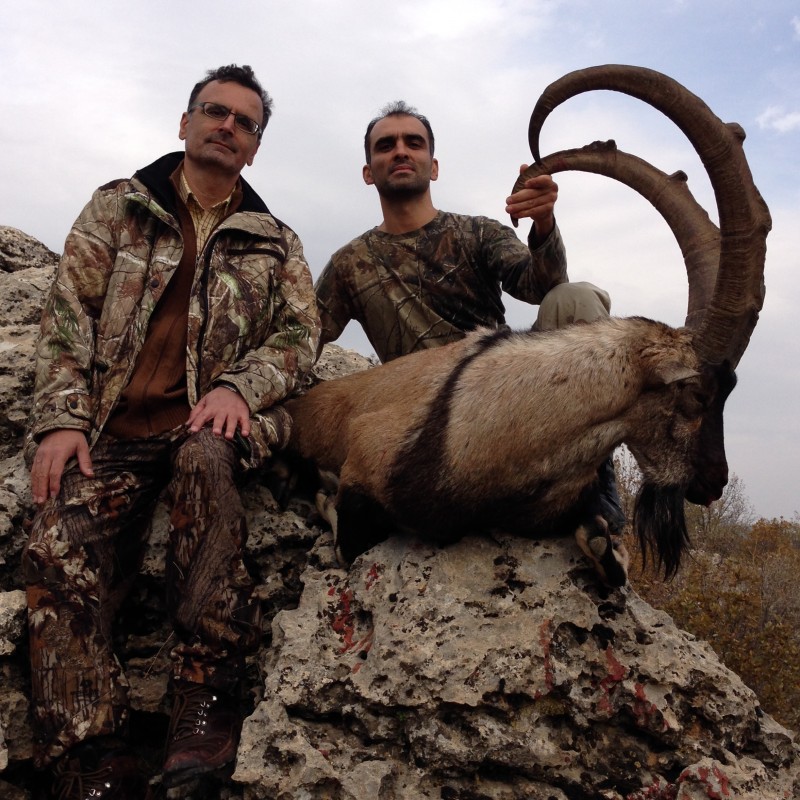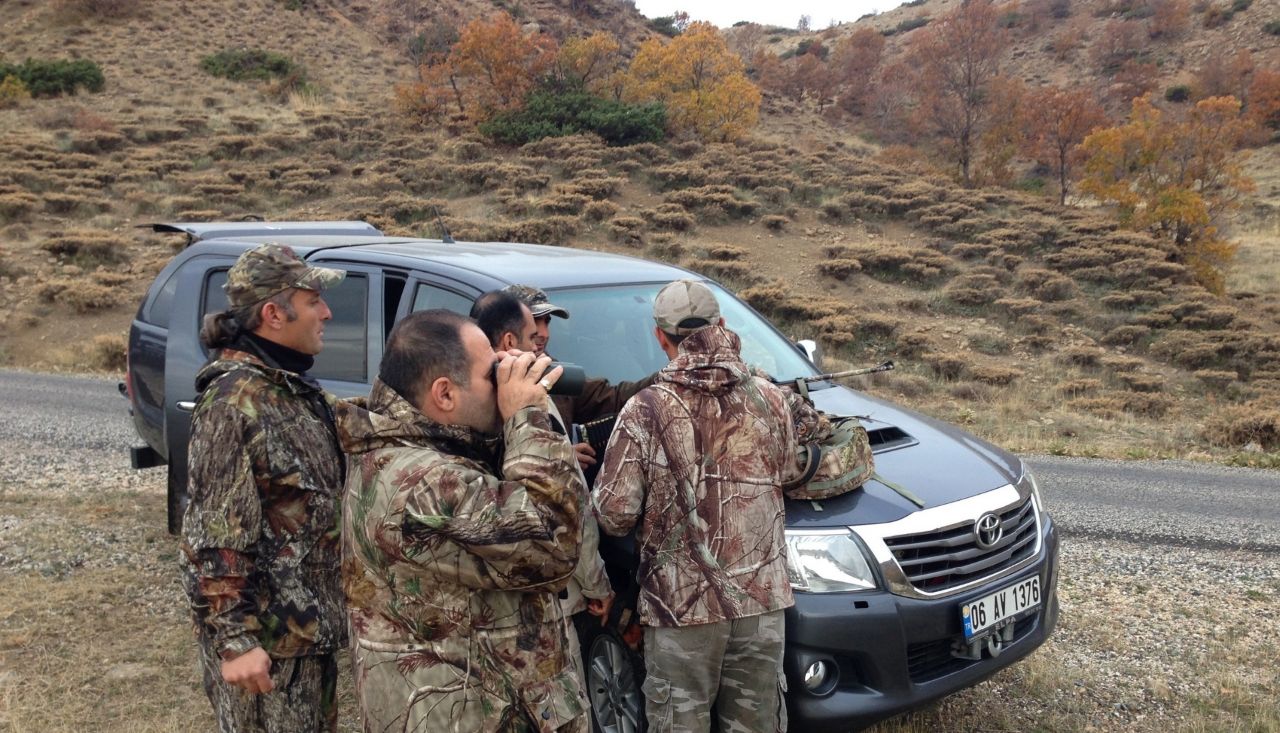The Country of Turkey (Türkiye)
Turkey, officially the Republic of Türkiye, is a transcontinental country primarily located in Western Asia, with a smaller portion in Southeast Europe (East Thrace). Its strategic location has made it a bridge between cultures and trade routes for centuries.
- Geography: Turkey boasts diverse landscapes, including coastal plains along the Black, Aegean, and Mediterranean Seas, a high central Anatolian plateau, and various mountain ranges like the Pontic and Taurus Mountains. The Euphrates, Tigris, and Aras rivers originate here.
- Capital: Ankara.
- Largest City: Istanbul, unique for straddling two continents.
- Population: Over 85 million people.
- Official Language: Turkish.
- Religion: Predominantly Muslim (mostly Sunni), with a secular constitution.
- Government: A unitary presidential republic.
- Economy: An upper-middle-income and emerging country, with the world’s 16th largest economy by nominal GDP.
- History: Inhabited since the Late Paleolithic period, Turkey has a rich history, being home to ancient civilizations like the Hattians and Hittites. Modern Turkey was founded in 1923 by Mustafa Kemal Atatürk after the fall of the Ottoman Empire.
- Climate: Varies significantly by region, from Mediterranean (hot, dry summers, mild, wet winters) in coastal areas to harsher continental and semi-arid climates in the interior. The Black Sea region has an oceanic climate with high precipitation.
Wildlife in Turkey
Turkey’s diverse geography and climate support a rich array of wildlife, including both Eurasian species and several endemic ones. It’s recognized as home to three biodiversity hotspots.
Mammals:
- Large Carnivores: Wolves (Turkey’s national animal, though populations are decreasing), brown bears (protected, especially in northern forests), and striped hyenas (endangered, found mostly in eastern Turkey).
- Wild Ungulates:
- Ibex: Bezoar ibex (one of the most striking ibex species, with impressively long horns), hybrid ibex.
- Deer: Anatolian red deer (protected since 1937, found in various forested regions), Anatolian roe deer.
- Sheep: Anatolian (Konya) sheep (highly limited licenses due to endangerment), East Anatolian (Armenian) sheep.
- Other: Wild boars (abundant due to locals not typically hunting them), Anatolian chamois, gazelles (especially Hatay mountain gazelle).
- Other Mammals: Foxes, wild cats, beavers, jackals, lynx (Anatolian lynx is a Eurasian lynx subspecies), chevrotain (mouse-deer, endemic and the smallest hoofed mammal).
Birds:
Turkey is a significant migratory route and home to over 250 resident bird species.
- Notable Species: Ducks, geese, white pelicans, flamingos, egrets, purple herons, nightingales, spoonbills, cormorants, cranes, Eurasian sparrowhawk, golden eagle, eastern imperial eagle, lesser spotted eagle, Caucasian black grouse, red-fronted serin, wallcreeper, black vulture, and the endangered Northern bald ibis (hermit ibis).
Reptiles and Amphibians:
- Around 45 species of snakes, 12 of which are venomous (e.g., Ottoman viper, Anatolian meadow viper, European adder, Wagner’s viper, Levantine viper).
- Loggerhead sea turtle (Caretta caretta), a vulnerable marine species that nests on Turkish beaches.
Marine Life:
The waters surrounding Turkey (Black Sea, Aegean Sea, Mediterranean Sea, Sea of Marmara) host various fish species including bluefin tuna, bonito, bluefish, sea bass, bream, red mullets, seahorses, and even swordfish. Some species like cuttlefish, dolphins, sea horses, sandbar sharks, and black coral are protected due to overfishing, pollution, and climate change.
Endangered Species:
Several species are endangered in Turkey, including the dhole (wild dog), loggerhead sea turtle, Asia Minor spiny mouse, and Northern bald ibis. Conservation efforts are crucial for their survival.
Hunting in Turkey
Turkey has become an increasingly popular destination for trophy hunting, offering unique species and quality trophies, combined with strong hospitality. However, hunting is strictly regulated by the Ministry of Agriculture and Forests.
Key Regulations and Requirements:
- Permits: A hunting permit is mandatory and must be obtained through an authorized agent.
- Authorized Areas: Hunting is only permitted in designated areas.
- Safety Regulations: Hunters must adhere to established safety regulations.
- Weapon Import: The rental of weapons is strictly prohibited and is considered a crime. Hunters must import their own firearms, which is described as a “simple and inexpensive procedure.” Rifle scopes must be in rifle cases, not hand luggage, especially when connecting flights in Istanbul. Recommended caliber is .300 or higher for large game.
- Guides/Agencies: It’s highly recommended to go with a specialized hunting agency to navigate regulations and ensure a successful and legal hunt. These agencies also handle bureaucratic procedures.
- Clothing: Warm and comfortable clothing is essential, especially for mountain hunting, where temperatures can be low.
- Insurance: Medical and assistance insurance with good coverage is advised.
- Tipping: Tipping forest guards, agents, and companions is customary.
Common Hunted Species and Seasons:
Hunting seasons vary by species. Some common hunted species include:
- Bezoar Ibex: One of the most sought-after trophies. Hunting is generally done by stalking, often during the mating season (November, December, January). The season starts August 1st and ends March 31st.
- Anatolian Red Deer: Hunted from September 1st to January 31st, with the mating period being late September to mid-October, which is a good time for stalking.
- Wild Boar: Turkey has high populations of wild boars as locals generally do not hunt them. They are popular for trophy hunting due to large tusks. Hunts can be stalking (especially under a full moon) or driven using hounds. Driven hunts are particularly successful from October through March. Stalking hunts can be year-round.
- Anatolian Chamois: Hunting is typically done by stalking during the mating period (September 1st to December 31st). Licenses are restricted.
- Anatolian Roe Deer: Best hunted in May and June, depending on the region.
- Anatolian Gazelle: Hunting involves tracking with vehicles and then stalking. Season runs from September 1st to December 31st.
- Hybrid Ibex: A cross between Bezoar ibex and domestic goat. Restricted licenses are issued annually. Hunting season is August through March.
- Konya Sheep: Very limited and expensive licenses. Season is from early October to late December. Requires significant climbing at high altitudes.
- Bird Hunting: Partridge and pheasant hunting is also available.
Prohibited Hunting:
- Bears and Wolves: Hunting brown bears has been prohibited in Turkey since 1997. Wolves can only be hunted by native hunters.
- Endangered Species: Hunting protected and endangered species like the dhole, loggerhead sea turtle, etc., is illegal.
It’s crucial for anyone considering a hunting trip to Turkey to consult with reputable and authorized hunting outfitters to ensure compliance with all current regulations and to understand the specific requirements for their nationality.












